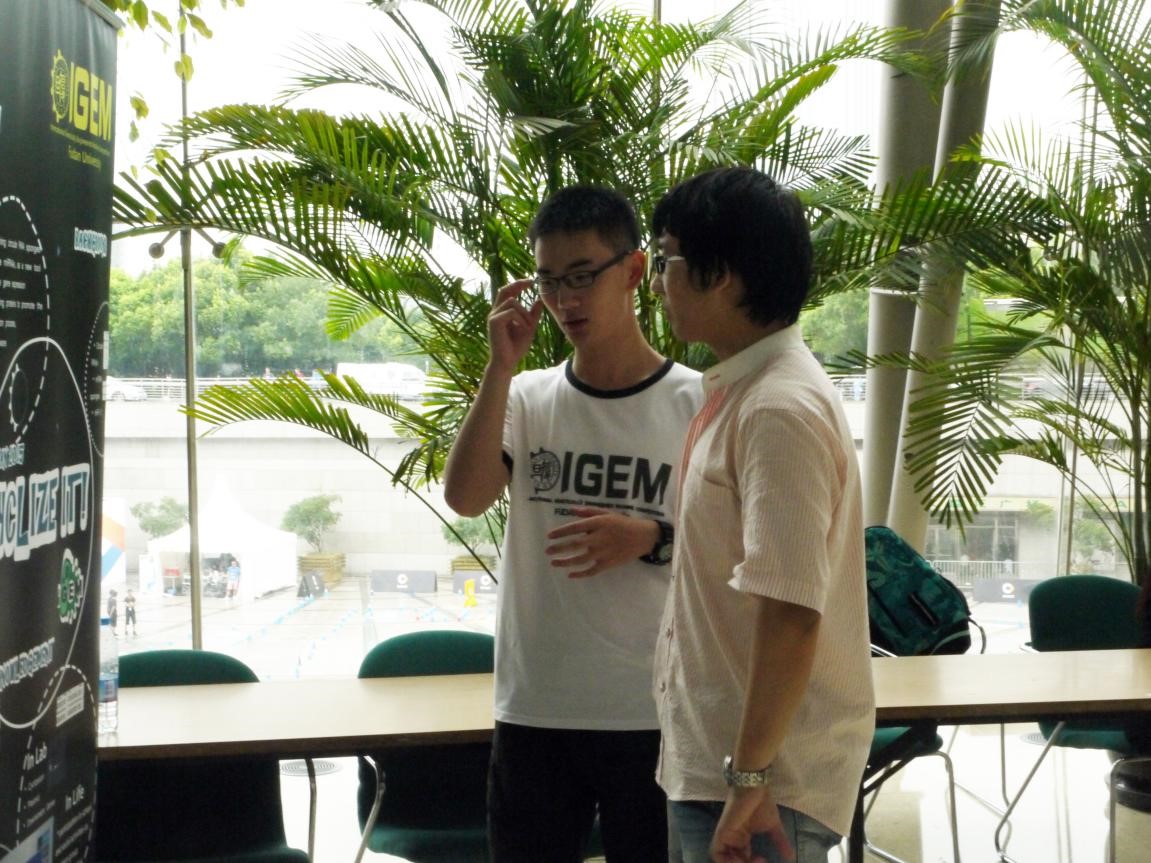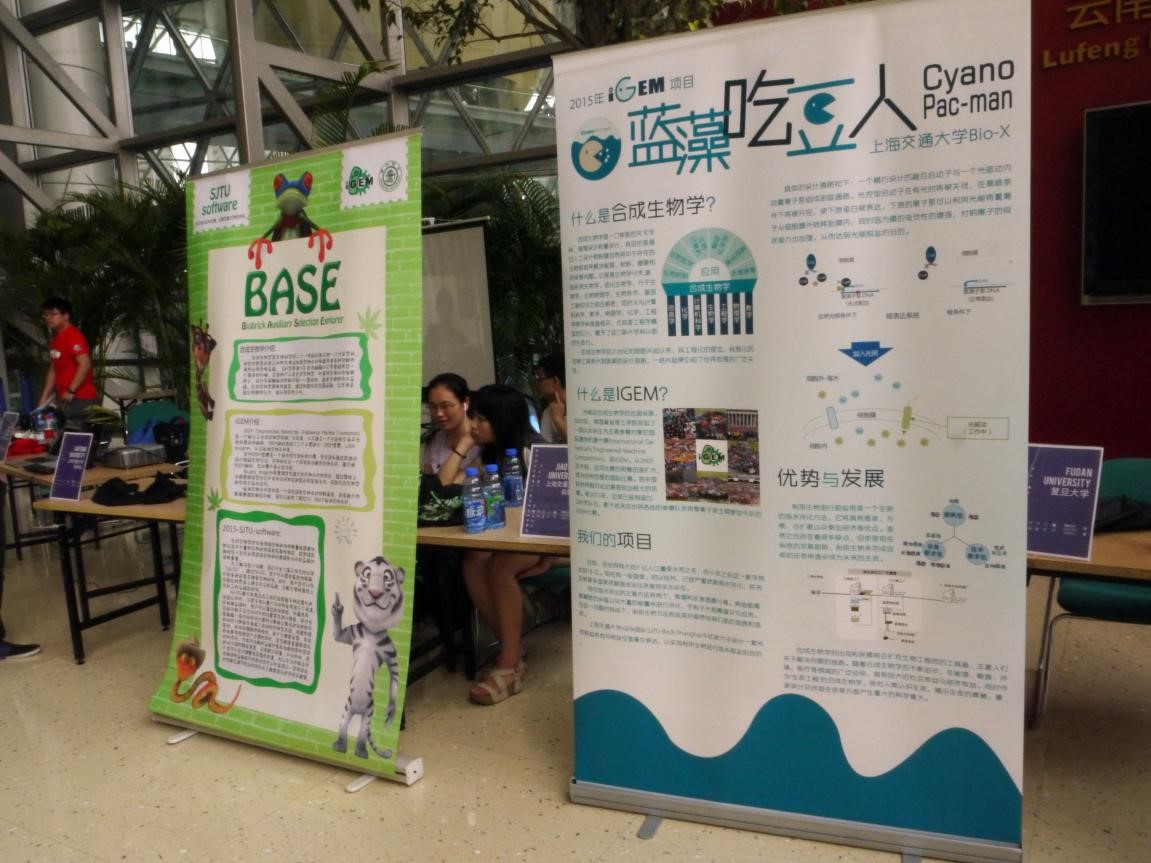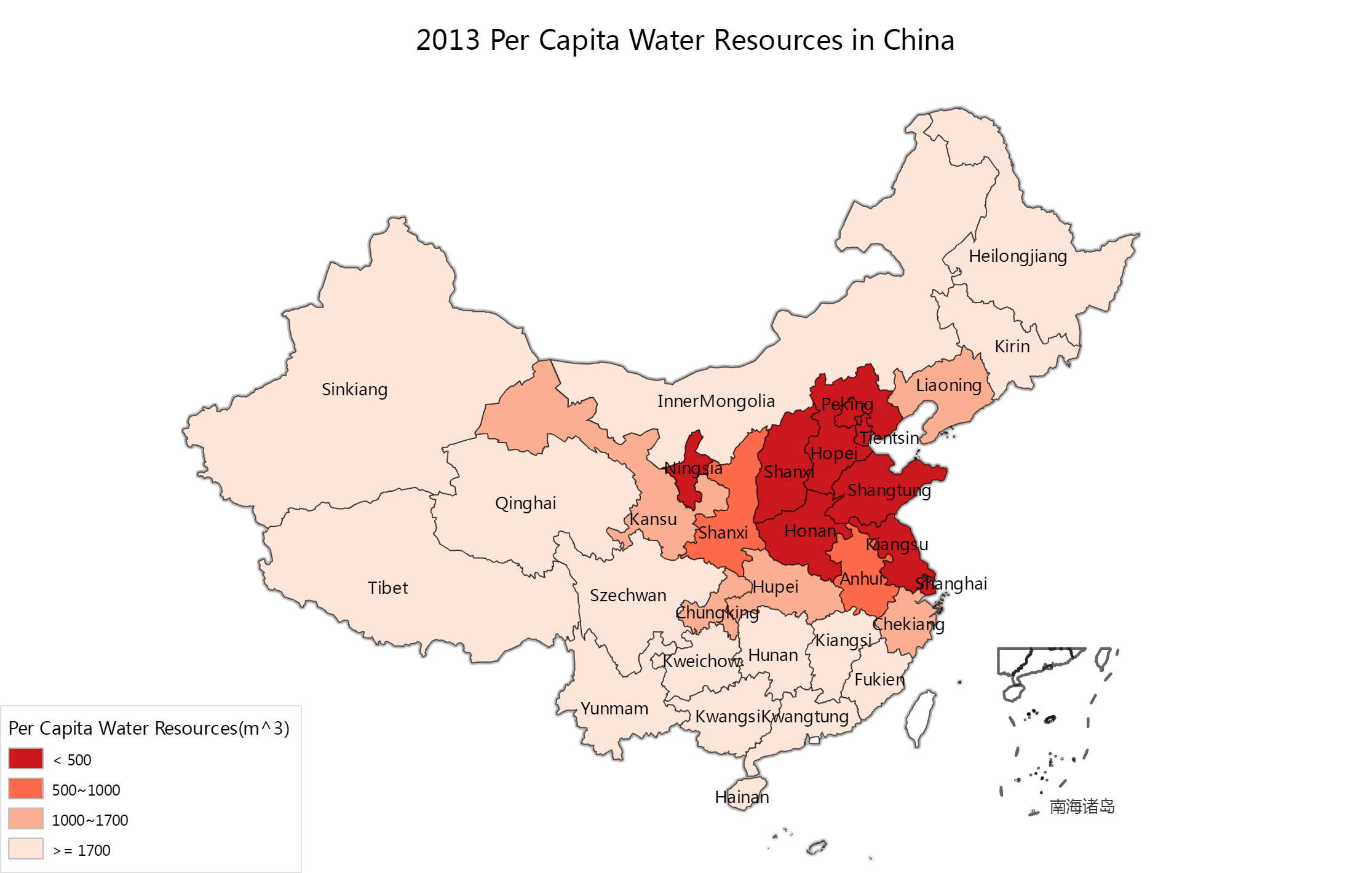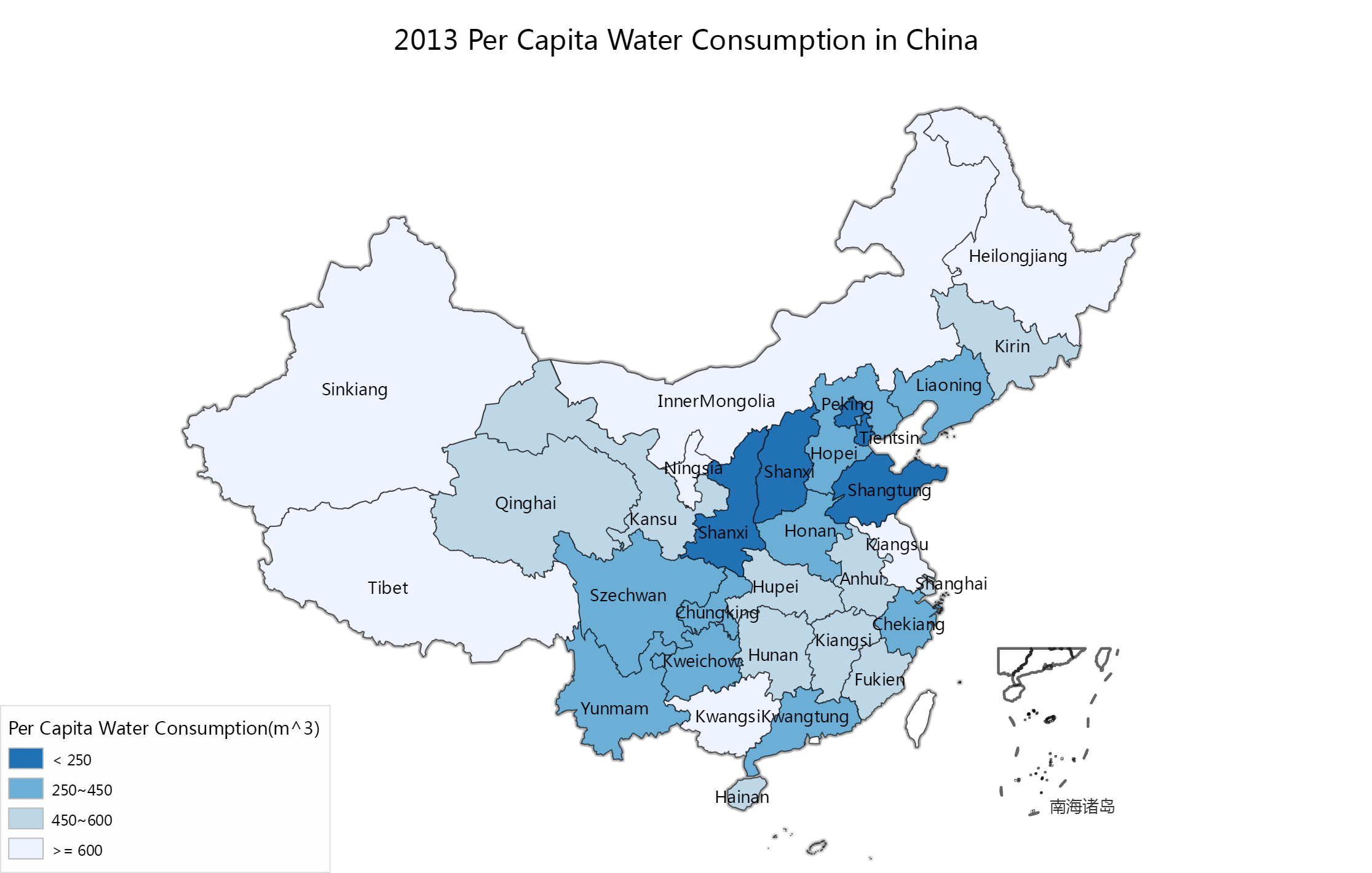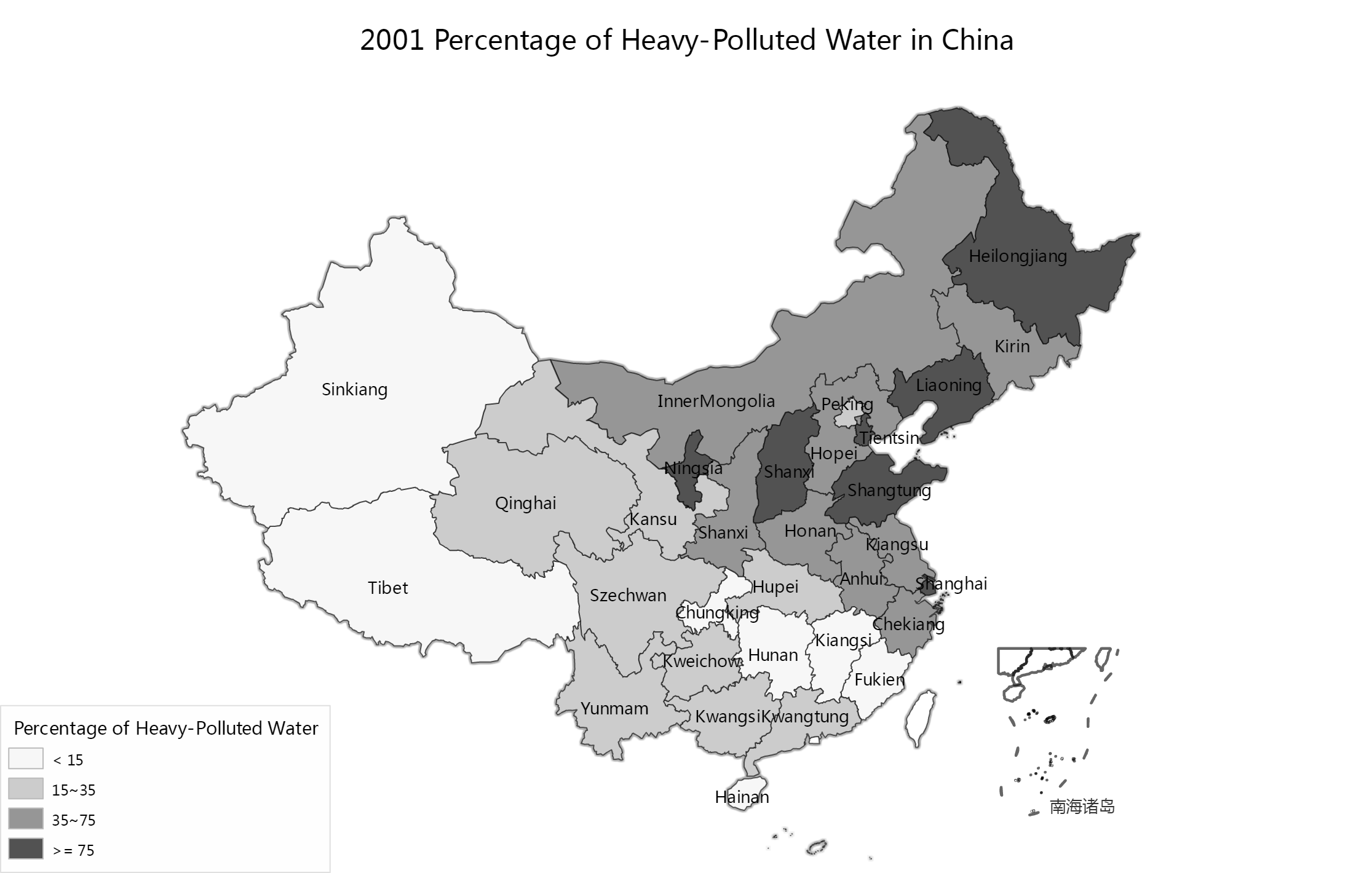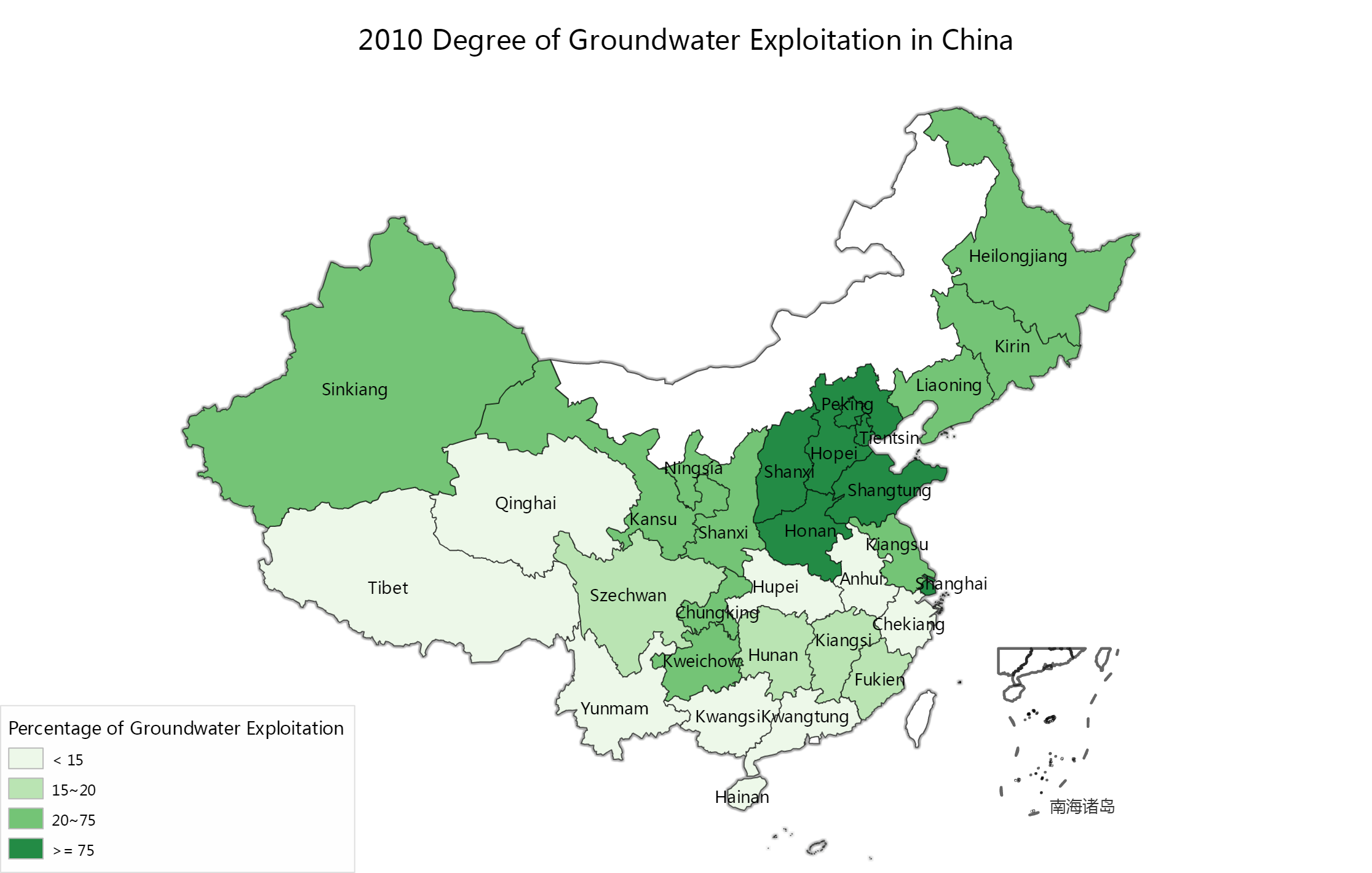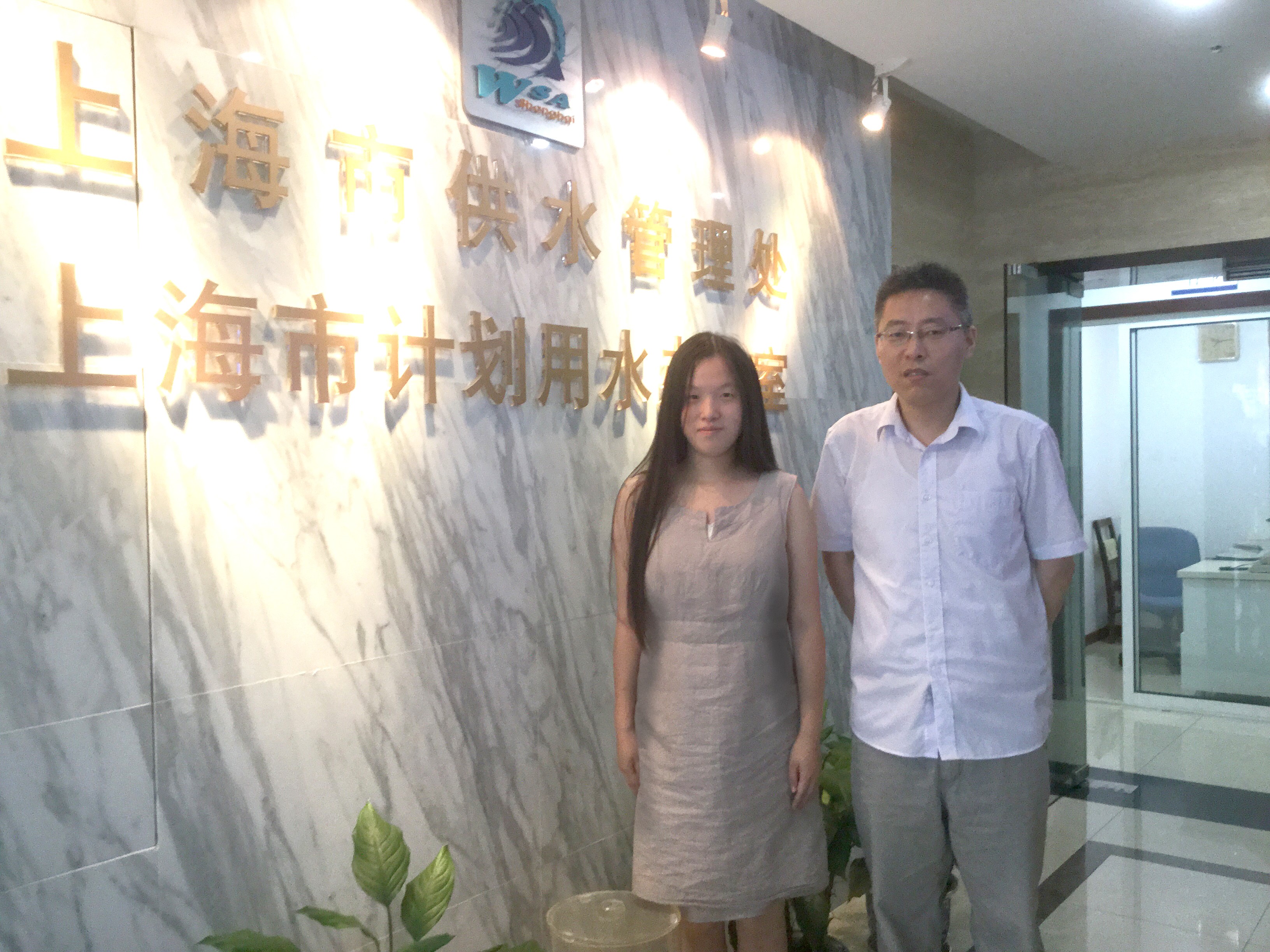Team:SJTU-BioX-Shanghai/Public Acceptance
Water industry is an important basic industry that affects every aspects of our lives. To introduce bio-process into original method, we need the approval of public and government. Those two different groups needs different information to accept our project. On this page, we summarize the efforts and thoughts relating to public acceptance and government approval.
Contents
Public Acceptance
What does public concern about a project like ours? Even though we didn't conduct any surveys, from our publicity experience the main concerns is safety and necessity. In this section, we focus on expanding the necessity research by graphing the data of water shortage in China.
Publicity in SSTM
On August 8, our team went to Shanghai Science and Technology Museum to reveal our idea to the public. IGEM teams invited to participate in the publicity activity included FDU, TJU, ZJU, SJTLU, NYU Shanghai, SJTU Software and our team.
We introduced iGEM, synthetic biology and our project. We tried to make our publicity popular and easy to understand in consideration of audiences’ biological knowledge level.
Figure 6.5.1 The Publicity Activity in Shanghai Science and Technology Museum
Communicating with a team member from FDU.
The publicity works, yet, not as good as we expected. When we summarize this activities, the main mistake we think we make is missing the why. Thus, the audience cannot connect to what we do. Based on that, we summarize the water shortage report of China.
Water shortage report
There's great amount of data relating to Chinese water shortage problem, however they are cold chart that is hard to understand for the public. Our report wanted to make the data becomes maps so that it is simple to read. Also, the maps will help identify the most severe water shortage area in China.Under than maps, we want the public to understand the reason behind our water shortage problem. It might not seems to related to our project. Yet, this will help pushing other water shortage solving solution, such as water recycling.
Figure 6.5.3 2013 Per Capita Water Resources in China
Data resource: National Bureau of Statistics of China
Figure 6.5.4 2013 Per Capita Water Consumption in China
Data resource: National Bureau of Statistics of China
Generally speaking, China is now facing severe water problem, which is mainly about the lack of clean fresh water. Although China’s total water resource is temporarily abundant, whose quantity is about 2.8 trillion cubic meters, ranking the forth in the world. Water resources per capita equals to only one quarter of the world’s average (Li, S, 2009). From figure 6.5.3 and 6.5.4, water problem is the especially serious in Northwest China and North China.
Reasons of water shortage in China
China’s water problem results from multiple reasons. The reasons can be divided in two parts, uncontrollable reasons and controllable reasons.
Uncontrollable reasons, including hydro-geological condition, rainfall capacity, and demand growth caused by population growth, are difficult to be changed by human beings.
Some areas are located in arid or semi-arid region, such as Northwest China, so annual total rainfall is very little. Especially in Sinkiang, annual total rainfall in 2013 is only 303. 6 billion cubic meters (Department of Water Resources of Sinkiang, 2014). What’s more, awful hydro-geological condition makes surface and shallow subsurface of some area lack water storage space. Even though water resources is abundant in flood season because of heavy rainfall in a short time, most of water will go rushing out in the form of flood. Therefore, water resources shortage won’t be alleviated after flood season (Tan, H, 2013).
Demand growth caused by population growth is also a reason of more and more serious water resources shortage. Although the population of China is under effective control, positive natural population growth rate means that the population is growing continuously. If we suppose China’s total water resources is almost invariant, per capita water resource is less and less.
Compared with uncontrollable reasons, controllable part should be paid more attention to, because we can solve the problem through our efforts.
Controllable part covers water pollution, waste of water and underwater over-exploitation.
Figure 6.5.5 2001 Percentage of Heavy-polluted water in China
Heavy-polluted water includes water of class IV, V and under class V according to
Environmental Quality Standard for Surface Water (GB3838-2002).
Data resource: The Ministry of Water Resources of the People's Republic of China
We can clearly see the situation of the water pollution in China in 2001 in figure 6.5.5. The percentage of heavy-polluted water in total water resources is over 75% in Ningsia, Shantung, Shanxi, Liaoning, Heilongjiang, Shanghai and Tientsin. In China, the percentage of heavy-polluted rivers is about 31.4%, and the percentage of heavy-polluted lakes is about 68.1%.Much water is too contaminated to be used or drunk, which causes quality-induced water shortage.
The second reason is about the over-use of water. For example, except for waste of water in daily life, effective utilization of agriculture water is about 40%,which is extremely low and only half the level of the developed countries(Yao, R. 2004).
Figure 6.5.6 2010 Degree of groundwater Exploitation in China
Data resource: The Ministry of Land and Resources of the People's Republic of China
Underwater over-exploitation is also an important problem, which will cause deterioration of water quality, ground surface settlement, and seawater intrusion. Taking Shenyang in Liaoning Province as an example, when the area of groundwater depression cone reaches 400 square kilometers, the underground water level will drop about 1 meters every year, and groundwater storage will unwater 280 thousand tons everyday(Tan,H,2013). As figure 6.5.6, the water shortage problem is running the vicious cycle. The area with most serve water shortage problem is also facing underwater over-exploitation.This also proves that underground water system is vulnerable compare to any other water body in the world.
Government Support & Approval
Visit to Law school
In order to know how to get supports from government on bio-desalination industry, we visited Professor Xi Wang from KoGuan Law School of SJTU. Our conversation started from idea presentation and soon expanded to the specialized method to prove our project's possibility to the government. He is the fist experts that we get in touch with and his idea really helps this entire HP project's construction.
Government support
Here's some of our conversation that we did expanded research. As we expected, to earn the approval from government is really hard at this point. However, Chinese government encourage the desalination industry with lots of support.
China has many policies and laws to support seawater desalination industry. The corporate income tax in respect of the income generated by an Enterprise from operating in the environmental protection, energy and water saving conservation projects including seawater desalination shall be exempted for the first to third years and allowed a fifty percent reduction in the fourth to sixth years beginning from the tax year the project derives its first production and operation income. (Implementation Regulations of the Corporate Income Tax Law of the People's Republic of China)
In addition, seawater desalination is an important project of the 12th Five-Year Plan. In order to promote development of resource conservation and environmental protection, Chinese government invests in some projects which meets the requirement. Seawater desalination belongs to energy conservation, circular economy and resource saving projects. Chinese government invests 4.5 billion all together in it in 2015. The subsidy of a single project must be less than 10 million yuan.
There is an example. The pre-treatment membrane of seawater desalination and the complete equipment industrialization of a company called Tianjin Motimo Membrane Technology CO., LTD obtained 7.2 million yuan investment from the government.
Government approval
However, as we said before, if bio-desalination is used into seawater desalination industry, the new technology must face problems of feasibility. The keywords that government focuses are safe, environmental-friendly and economical. Safety means that products must be qualified with the national standards and shouldn’t contain anything harmful to human beings, which is the public focus.Environment-friendly industry shouldn’t let out pollution into the environment so we should deal with waste from bio-desalination well. What’s more, the new technology must be more economical than traditional techniques, or else the new technology lacking competitiveness will be eliminated by market and won’t get supports from government.
Shanghai Water Supply Authority
Besides, we visited Shanghai Water Supply Authority (SWSA) to know about the present method of water treatment. The section chief, Mr. Zhang received our HP leader Kariny and communicated on water treatment method with her.
He told us although Shanghai has abundant water resource, it is a city with pollution-induced water shortage problem as well.
The desalination industry in these area focus on high quality pure water production, mostly produced by Reverse Osmosis membrane technology. For example, electronic products production water requires extremely high quality, whose TDS must be lower than 0.5 ppm. The source water comes from normal water supply and has to go through a series of desalination process.
The visit to SWSA warns us that even with water shortage, such a global problem, we have to consider the area condition fitting our project. Combining with the water shortage report in the earlier articles. This project has to move to the area such as Tianjin so that it has more chances to prove itself.
Conclusion
Over all, it will be a long way to actually bring bio desalination out of the lab. However, this part of our work has make this "long way" become clear and will be the instruction for the whole process flow.
Reference
Department of Water Resources of Sinkiang. (2014, October 21). Water Resources Bulletin. Retrieved from http://www.xjslt.gov.cn/szygb/2014/31657.htm
Implementation Regulations of the Corporate Income Tax Law of the People's Republic of China.
Li, S. (2009, December). Present Situation and Counter-measurements of Water Resources in China. Journal of Yan'an Vocational & Technical Institute.
Tan, H. (2013). Reasons. Types and Solutions of Water Resources Shortage. China Science and Technology Information.
Yao, R. (2004, March 22). Effective Utilization of Agriculture Water in China is Only Half the Level of the Developed Countries. Xinhua.
